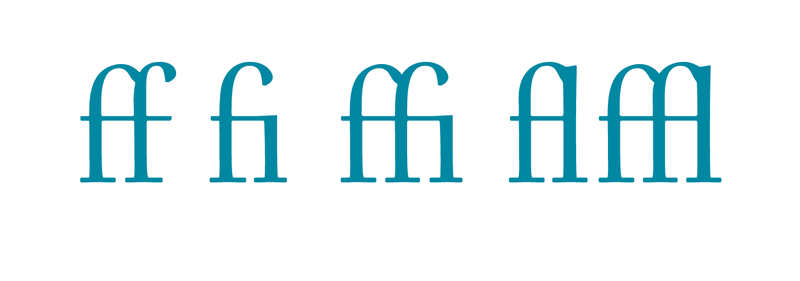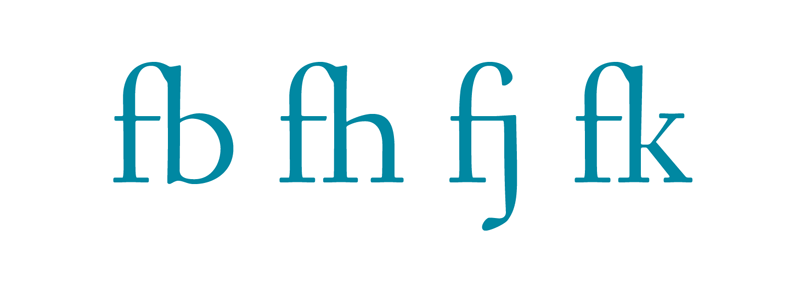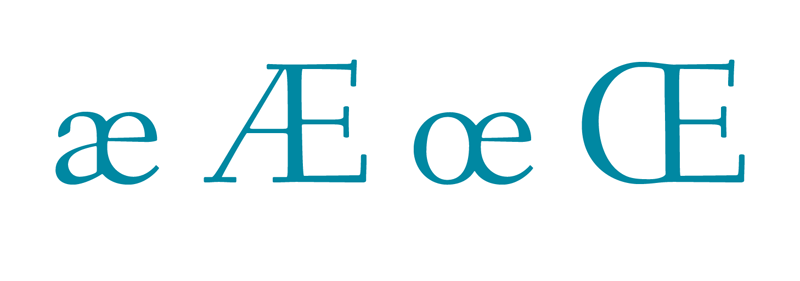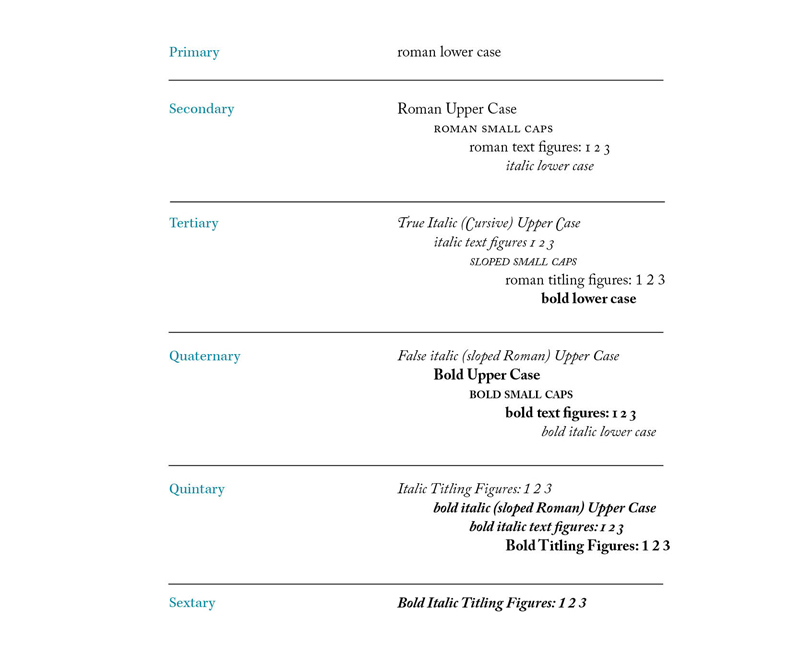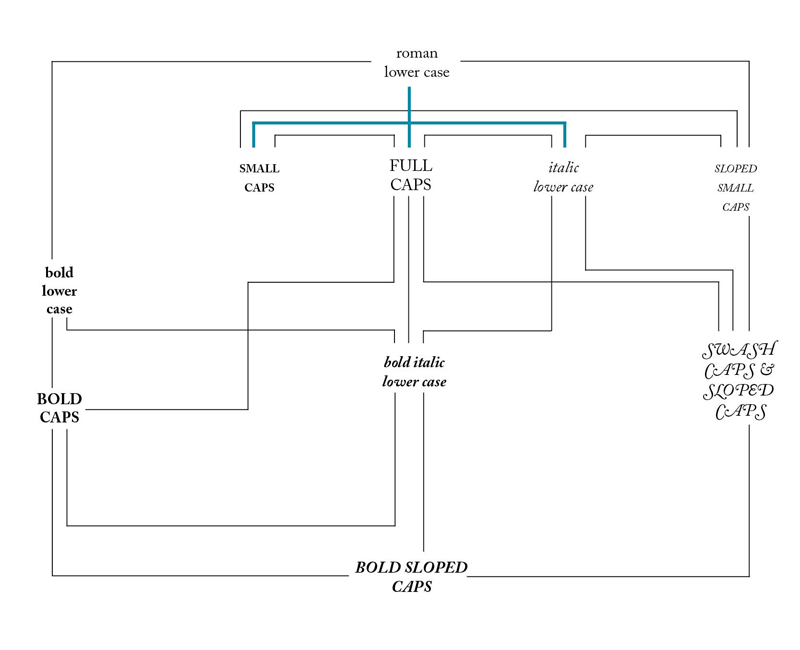The Antlers – Kettering
Kettering by Brooklyn based indie rock group The Antlers is a truly touching track that will pluck on the heartstrings of anyone remotely compassionate. This unofficial video with its nicely edited scenes makes the track even more emotionally unsettling.
the video is comprised by a selection of scenes from Mr Nobody, a science fiction movie released in 2009 and directed by Jaco Van Dormael.
You’ll be hard pressed to find a more powerful or touching combination, but as sad as this song is, it is something I have listen to countless time in the past and I still find it to be a great track.
